Q: How can Exercise Physiology help people after stroke?
How do Exercise Physiologists prescribe exercises for stroke survivors?
Stroke, a leading cause of long-term disability, often leaves survivors facing challenges related to mobility, strength, and coordination. Exercise physiologists play a crucial role in the rehabilitation process, offering tailored exercise programs to enhance the recovery and quality of life for individuals living after stroke. In this article, we will explore the integral role exercise physiologists play in prescribing exercises that address the unique needs and challenges faced by stroke survivors. For personalised advice, please call our Lilydale practice on 9737 6665.
Understanding the Impact of Stroke on Physical Function
A stroke occurs when there is a disruption of blood flow to the brain, leading to damage that can affect various bodily functions. The physical consequences of a stroke often include muscle weakness, impaired coordination, balance issues, and limitations in joint mobility. Exercise physiologists specialize in understanding how the body responds to exercise, allowing them to design targeted rehabilitation programs that address these specific challenges.
Comprehensive Assessment
The journey towards recovery after a stroke begins with a comprehensive assessment. This assessment takes into account the individual's medical history, the type and severity of the stroke, current physical abilities, and any existing limitations or complications. By gaining a thorough understanding of the survivor's condition, exercise programs can be designed in a way that are safe, effective, and personalized to facilitate recovery.
Type of Exercise
Exercise physiologists choose specific types of exercises based on the individual needs of stroke survivors. For those dealing with muscle weakness and impaired mobility, a combination of flexibility exercises and range-of-motion activities is often prescribed. Strength training exercises targeting affected muscle groups help rebuild lost muscle mass. Additionally, exercises focused on improving balance and coordination play a vital role in enhancing overall mobility.
Neuroplasticity and Functional Movements
Exercise physiologists leverage the principle of neuroplasticity, the brain's ability to reorganize itself, to guide stroke survivors in regaining lost functions. They incorporate functional movements that mimic daily activities, such as walking, reaching, and grasping objects, into exercise programs. This approach helps retrain the brain and reinforces the connections necessary for performing essential activities of daily living.
Task-Specific Training
Exercise physiologists often engage stroke survivors in task-specific training, tailoring exercises to mimic real-life activities. This approach is designed to enhance functional abilities, improve muscle memory, and boost confidence in performing everyday tasks. Task-specific training is integral to fostering independence and improving the overall quality of life for stroke survivors.
Adaptability and Progression
Recognizing the dynamic nature of stroke recovery, exercise physiologists prioritize adaptability and gradual progression in their exercise prescriptions. As survivors regain strength and mobility, exercise programs are adjusted to meet evolving needs and goals. This ensures that the rehabilitation process remains challenging yet attainable, promoting continued improvement over time.
Cardiovascular Fitness and Endurance
In addition to addressing specific physical impairments, exercise physiologists focus on improving cardiovascular fitness and endurance for stroke survivors. Activities such as walking, cycling, or aquatic exercises are often incorporated into the rehabilitation program to enhance overall cardiovascular health. This not only contributes to physical well-being but also supports a more active and independent lifestyle.
Emotional and Psychological Support
Exercise physiologists recognize the emotional and psychological aspects of stroke recovery. Physical activity has been shown to positively impact mood and mental well-being. By incorporating exercises that survivors find enjoyable and meaningful, exercise physiologists contribute to a holistic approach to rehabilitation, addressing both physical and emotional aspects of recovery.
Conclusion
Exercise physiologists play a pivotal role in the rehabilitation journey for stroke survivors, offering expertise in designing tailored exercise programs that address the unique challenges of post-stroke life. Through comprehensive assessments, personalized exercise prescriptions, and ongoing support, exercise physiologists contribute significantly to enhancing mobility, strength, and overall quality of life for individuals living after stroke. By empowering survivors to engage in purposeful and targeted physical activity, exercise physiologists are instrumental in fostering recovery and promoting a more fulfilling and independent post-stroke life.
